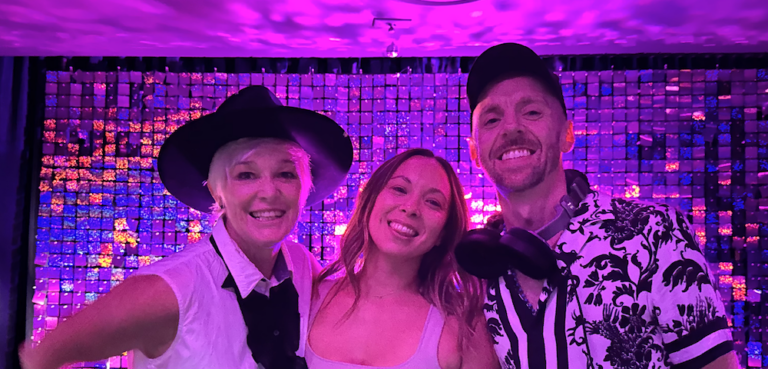
Deputy Lord Mayor Of Sydney Jess Scully’s Vision For Oxford Street
Continuing our conversations with members of Sydney City Council on the past present and future prospects of Oxford Street and Darlinghurst areas, Star Observer most recently reached out to Deputy Lord Mayor of Sydney Jess Scully.
Elected to council in 2016, and to the role of deputy Lord Mayor in 2019, we asked Councillor Scully about her vision for the once thriving area and asked, if the City Of Sydney had or is doing enough to preserve the unique cultural fabric of the area which is as prized by locals as it is internationally.
“So many people have so much love for Oxford Street, it’s a place that is iconic and a huge part of people’s memories in terms of nightlife and culture and inclusivity and community, anyone who became a young adult in Sydney or moved to Sydney and wanted to make friends and connections” Cr Scully tells Star Observer. “Oxford Street is that place for many of us.
“But Oxford Street has had some real challenges over the last decade or so, and Oxford Street is not alone in that regard. A lot of main streets and high streets all over the world have had some challenges with the way that people go out.
“Particularly for places that are driven by LGBTQI culture and nightlife culture as well. The way that people date and meet up and hook up have changed, Netflix and UberEATS and Tinder, these things are also playing a role in influencing the development and vitality of a lot our key streets.
“What I would like City of Sydney to do is be holistic and also realistic when we think about the complexity of factors that influence a place like Oxford Street.”
Of the recent venue closures in the Oxford Street and Darlinghurst area to come out of 2020, it was news of the Green Park Hotel closing to make way for further space for neighbouring St Vincent’s Hospital that created the loudest of objections from the local community. Yet the response of the community, sadly came too little too late Cr Scully explained.
“There continues to be a lot work from the community to make sure that the story continues to be heard and that it finds a way to be a good long-term neighbour to the community, there is very little we can do sadly. But there will be an opportunity for the community to comment on the DA (development application), and if there are more than 25 objections to the change of use, which we expect there will be, that will need to go to the local planning panel.
“I think it would be worthwhile us investigating which places really are of intergenerational significance. Its more just the place that you or I might have loved in our 20s, its about which places have been significant over many generations and need to be protected and preserved, that’s the big opportunity. If we can develop a process by which the community can have input and identify places that have that significance then the community has the opportunity to organise and to safeguard these places.”
What Cr Scully suggests is similar to the kinds of protections afforded to spaces within the UK known as Assets of Community Value and forming part of the Community Right to Bid. These protections in the UK work as the first stage in identifying and nominating buildings or other assets that have a main use or purpose of furthering the social wellbeing or social interests of the local community or could do so into the future. So far, only one venue in Sydney has been afforded similar protections, that venue being the site of the legendary Les Girls.
“What happens in the UK is that a community group identifies a place so that’s it not one or two people making these claims, and it’s a protection that is renewed every five years. What is significant is that when somewhere is identified as a community asset, the community is able to take six months to organise and raise the funds to put in a competitive bid. It gives the community the leeway they didn’t have in the case of somewhere like the Green Park Hotel.
“What we are doing at the moment is all about safeguarding the kind of activity that is permitted with new development on Oxford Street. It’s about going to a deeper level than just activation and marketing. Its about what is allowed to be built and what is allowed to operate on Oxford Street. If we had more commercial second floor uses, if we had more hotels rather than residential, if we protected nightlife and late-night use, that is the crucial infrastructure that’s required to keep Oxford Street cultural and creative for another generation.”









